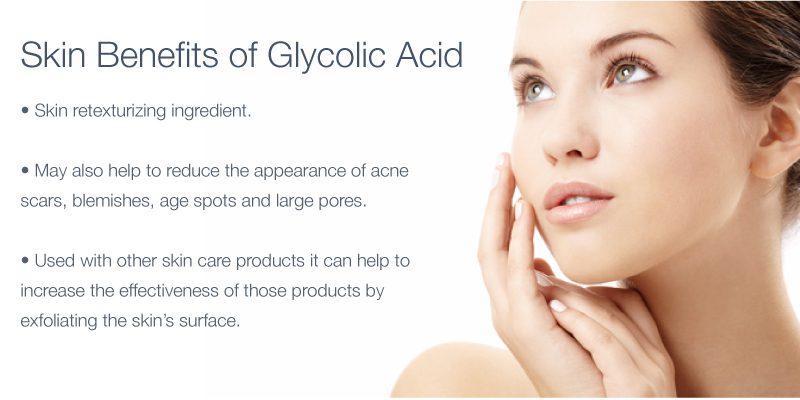Firstly as far as chemical peels go, glycolic acid peels are among the mildest and most popular. That’s largely because it’s is considered to be natural. It comes from sugar cane and belongs to a family of acids called alpha-hydroxy acids or fruit acids [source: Pollick]. Think of it this way: If the fruit acids formed a football team, glycolic would be their star quarterback. It is by far the most popular and well-known acid of the bunch.
Glycolic acid has many uses. In fact, it’s used in high concentrations to remove rust from metal, and anything with a glycolic acid concentration of more than 10 percent is considered a hazardous material [source: Pollick]. Keeping that in mind, most peels have a concentration of 50 percent or higher [source: Hilinski]. That means you’re actually using a hazardous material on your skin, but considering what you’re trying to accomplish, that makes sense.

The Essence of Glycolic Acid derived from sugarcane, takes the center stage in the peels. Known for its small molecular size, glycolic acid penetrates the skin efficiently, making it a potent exfoliant.
Exfoliation Unleashed Glycolic peels work by gently removing the outer layer of dead skin cells therefore encouraging cellular turnover. This process reveals fresh, rejuvenated skin underneath and contributes to a smoother complexion.
Tailoring to Your Skin Needs The versatility of glycolic peels lies in their adaptability. Whether you’re combating fine lines, dullness, or uneven skin tone, the intensity of the peel can be adjusted to suit your unique skin concerns.
Glycolic acid peels are mild when compared with some of their more hazardous counterparts, and as a result the outcome might not be as noticeable as you’d like. It’s typical that multiple peels will be necessary to achieve the desired result. The upside is that there are very few complications associated with peels.
See other types of Peels to find out about a similar chemical peel that, like the glycolic treatment, also targets the superficial level of the skin.